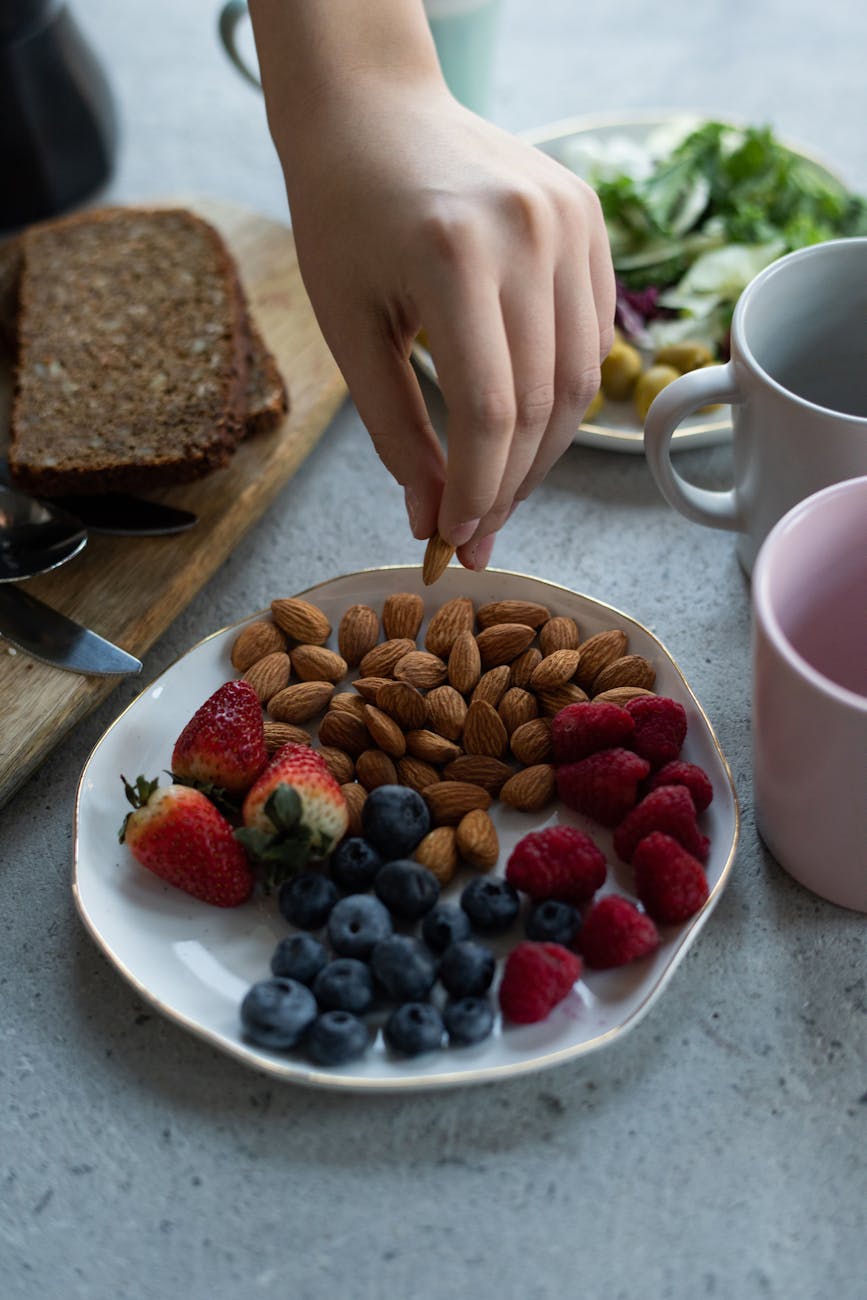Almond Measurements Made Easy
When you’re whipping up something delicious, getting those measurements right ain’t just important—it’s like, absolutely necessary. Whether you’re making a sweet treat or a hearty meal, nailing the exact amounts brings out the taste and feel you’re aiming for. So, if you’re serious about cooking, understanding these measurements is kinda like knowing the basics.
Why Getting Measurements Spot-On Matters in Cooking
Nailing those measurements is like the secret ingredient in cooking and baking. It’s the glue that keeps the flavors and textures in check, making sure everything turns out just as it should. When you’re baking, for example, and all those ingredients start mingling, having the right amount of flour, sugar, or baking powder can be the difference between a masterpiece and a mess. A little too much or too little and you’re back at square one, scratching your head wondering where it all went wrong.
Then there’s the taste factor. Nobody wants to eat something that’s too spicy or feels like it’s missing a little somethin’-somethin’. By getting your spice, herb, and seasoning measurements on point, you’re turning up the whole flavor game. Think of it like tuning an instrument – each note just hits right when it’s done right.
For more on why getting these measurements just right can up your cooking game, hop on over to our piece about nailing those recipe quantities. Getting grounded in these basics sets you up to dish out goodness consistently, keeping those taste buds begging for more!
Converting Almond Measurements
Fed up with almond guesswork in your cooking adventures? Let’s nail down how to convert almond measurements, zeroing in on how to properly measure almonds, how many grams are in a cup, and some handy tips to make your culinary creations pop.
How to Measure Almonds
Before getting into conversions, let’s talk about how to actually measure those little nuts. For whole almonds, just fill up your measuring cup; don’t pack ’em tight. They should sit right at the brim, but not squeezed in. If you’re working with chopped or slivered almonds, the same rule applies, but you can be a bit more relaxed to accommodate all the bits and bobs.
Grams in a Cup of Almonds
When it comes to cooking and baking, knowing the weight of a cup of almonds is key. Check out this table that gives you the lowdown:
| Almond Type | Grams in 1 Cup |
|---|---|
| Whole Almonds | 143g |
| Sliced Almonds | 92g |
This little cheat sheet can be your secret weapon for getting that perfect taste and texture in your dishes. If you’re going the ground almond route and wanna know grams per cup, we’ve got another article that’ll spill the beans (how many grams of almonds in a cup).
Tips for Converting Other Almond Measurements
Now, let’s get down to converting other almond measures. Here’s a few quick pointers:
- First, think about the type of almonds you’ve got (whole, sliced, or ground) and whether your recipe asks for weight or volume.
- Always use a reliable almond measurement chart for precision.
- Whenever you can, whip out a kitchen scale and measure by weight—that’s the real deal if you want spot-on results.
- Match the almond form to your recipe’s needs: whole, sliced, or ground.
Get a grip on these almond conversion tricks, and you’ll be ready to whip up dishes that look and taste like they came straight from a pro chef’s kitchen. Whether you’re dreaming up a sweet, nutty treat or cooking up a savory hit, getting those almonds measured right is your ticket to hitting all the right notes.





